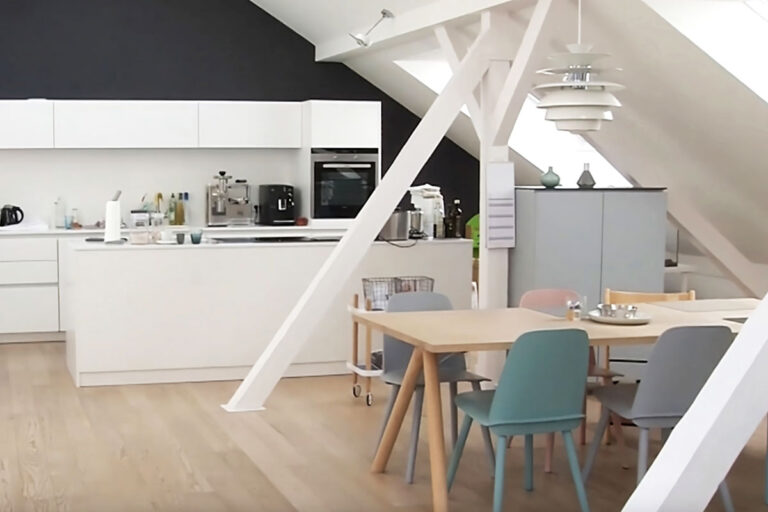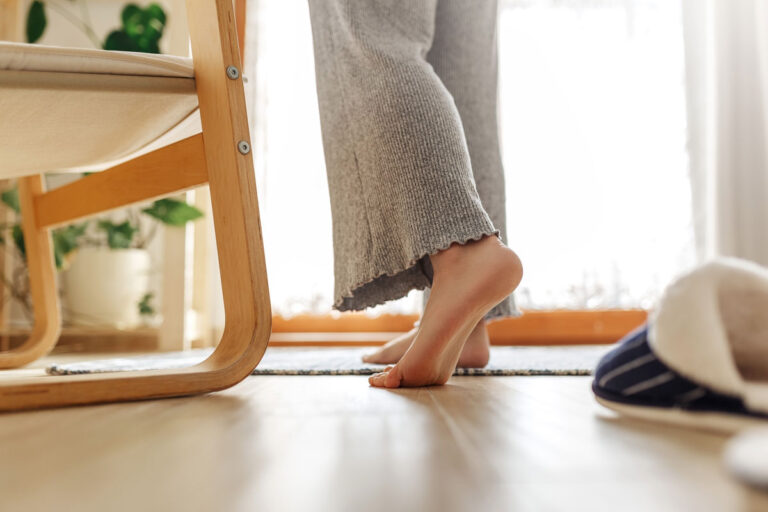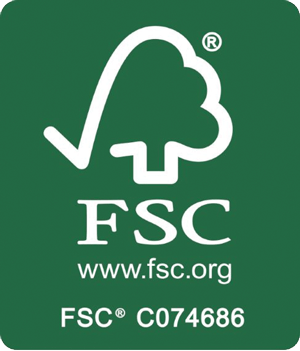Laying wooden floors: how it works
Install it yourself or hire a professional? No matter what you decide, the first-class quality and the various installation methods guarantee that the wood flooring installation will be a successful project.
Step by step instructions for laying the brackets
Tool checklist
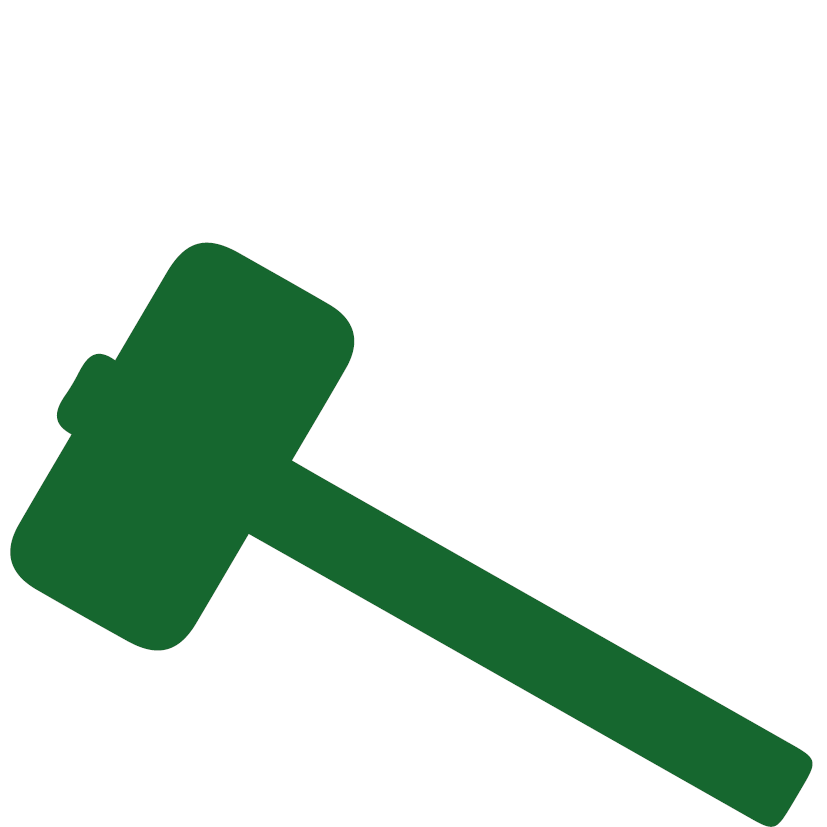
Hammer
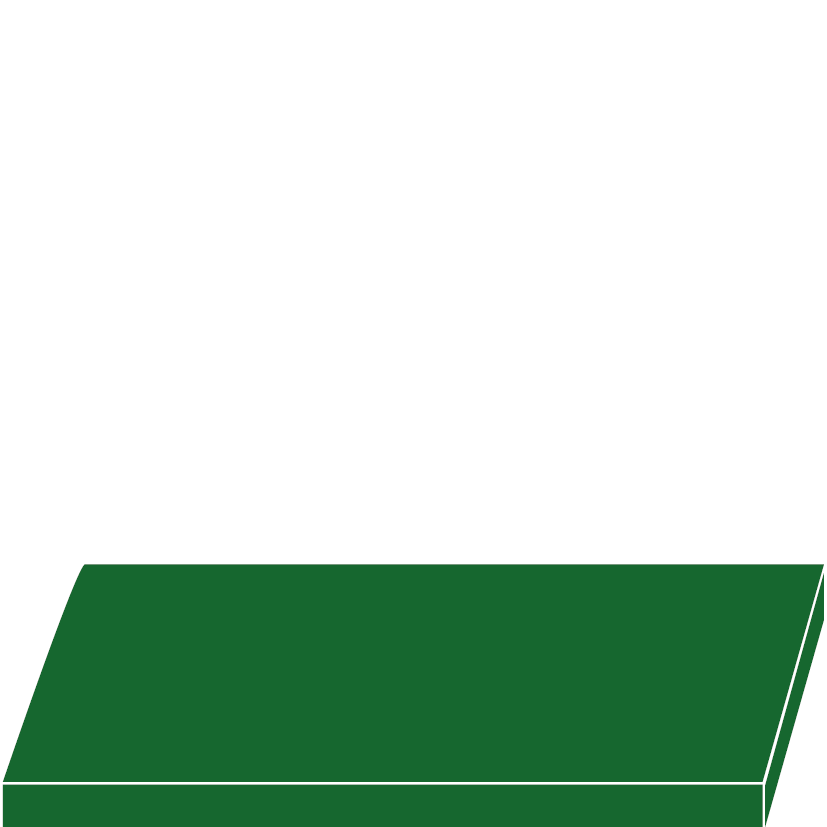
Hitting block

Wedges
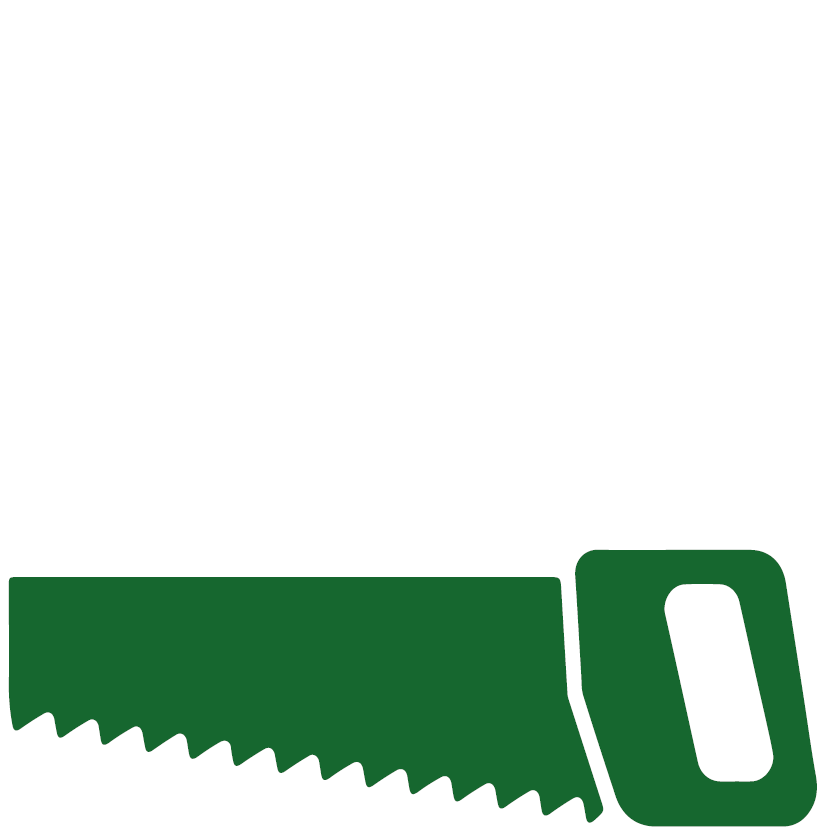
Saw
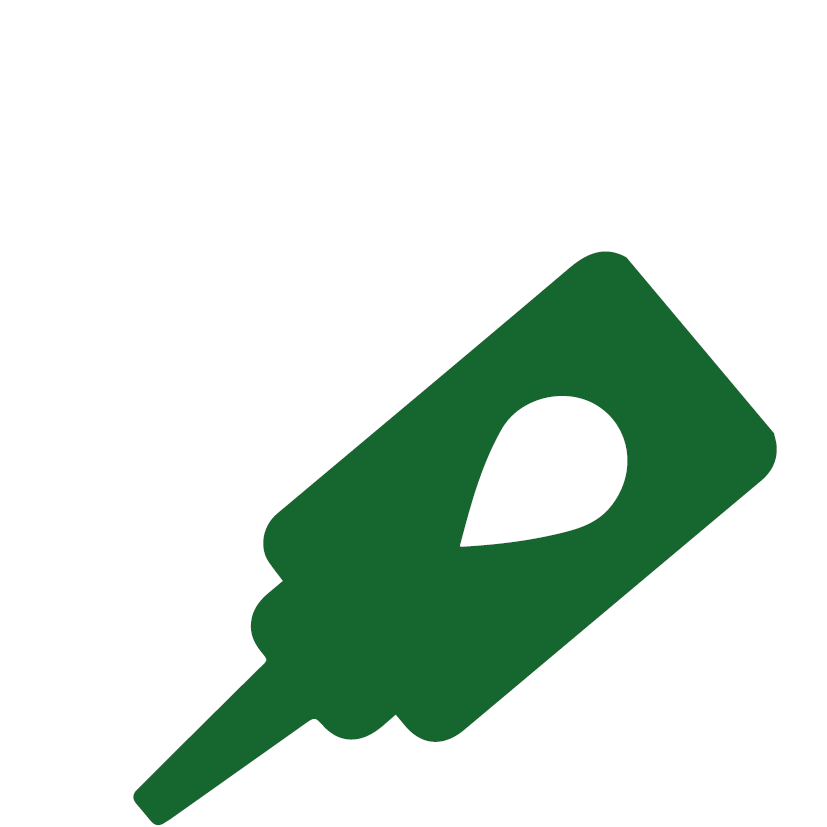
Glue
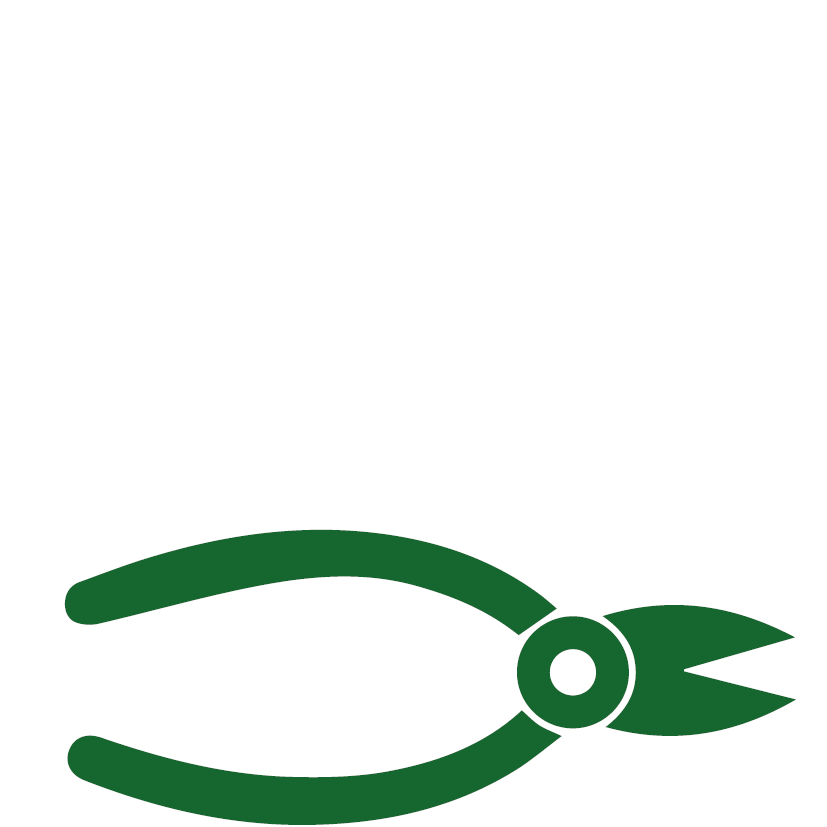
Tin snips
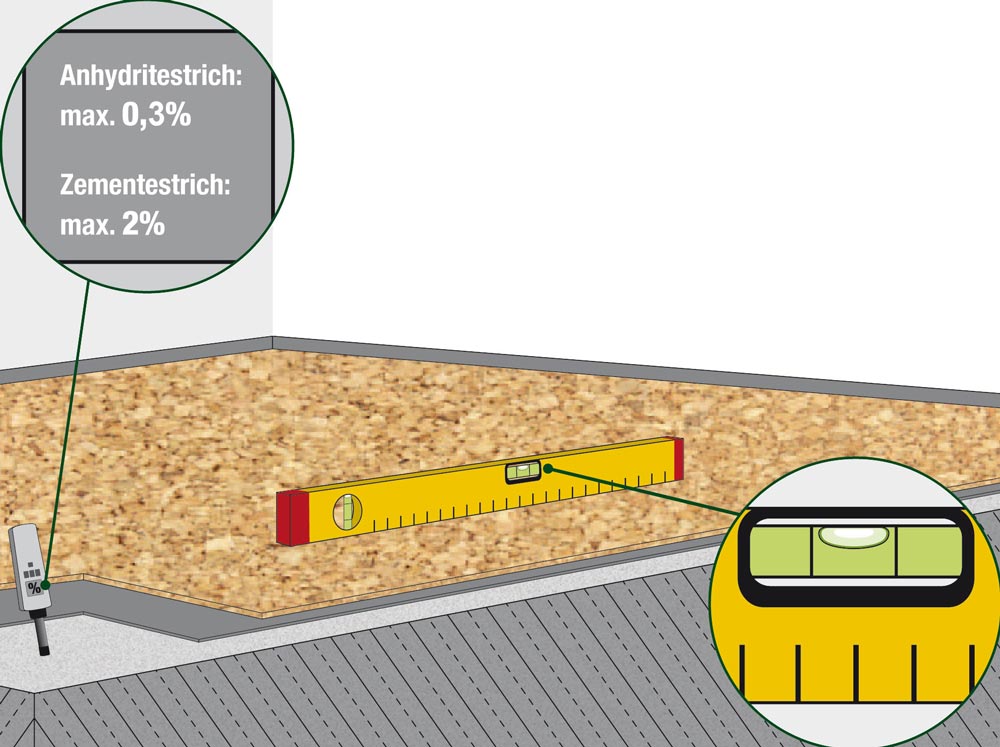
1. Preparation
The surface must be stable, smooth and dry. If there is a risk of rising damp, a moisture barrier (e.g. PE film 200μ) must be installed and pulled up a little on the walls. For impact sound insulation, we recommend rolled cork or impact sound insulation with a built-in vapor barrier.
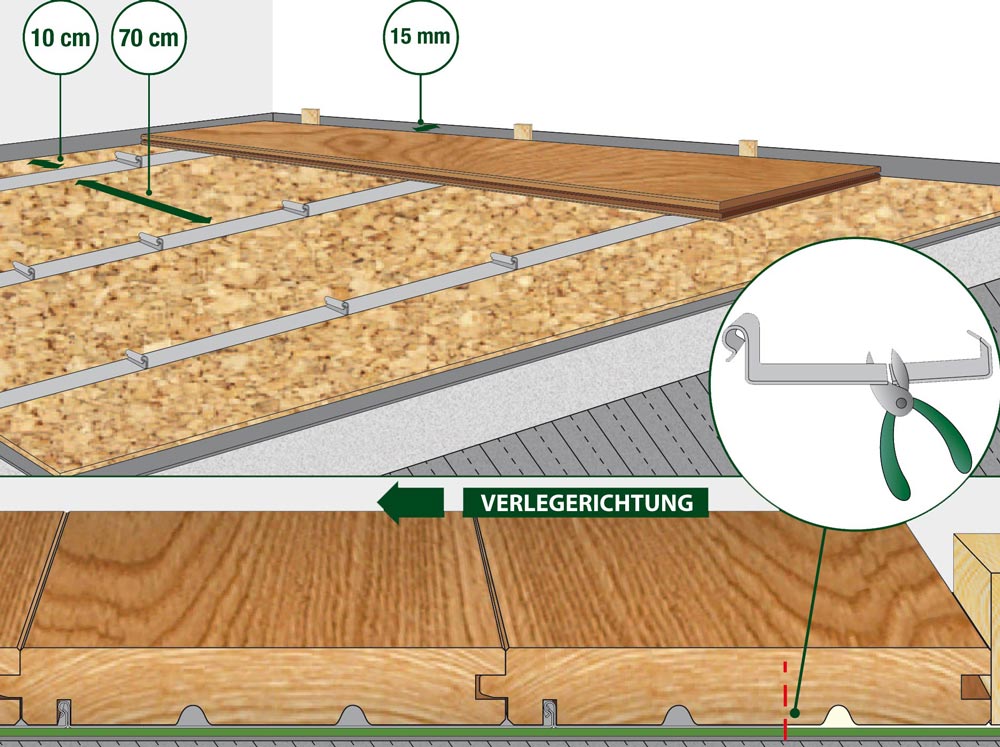
2. Installation
Press the clamps into each other and lay the chain at a distance of 70 cm.
ATTENTION: Pay attention to the laying direction of the staple chain and the solid wood plank! Laying with clips is suitable for small room sizes (max. 4 m laying width). Maintain wall distances, min. 10 mm per 1 m of room width, but not less than 15 mm!
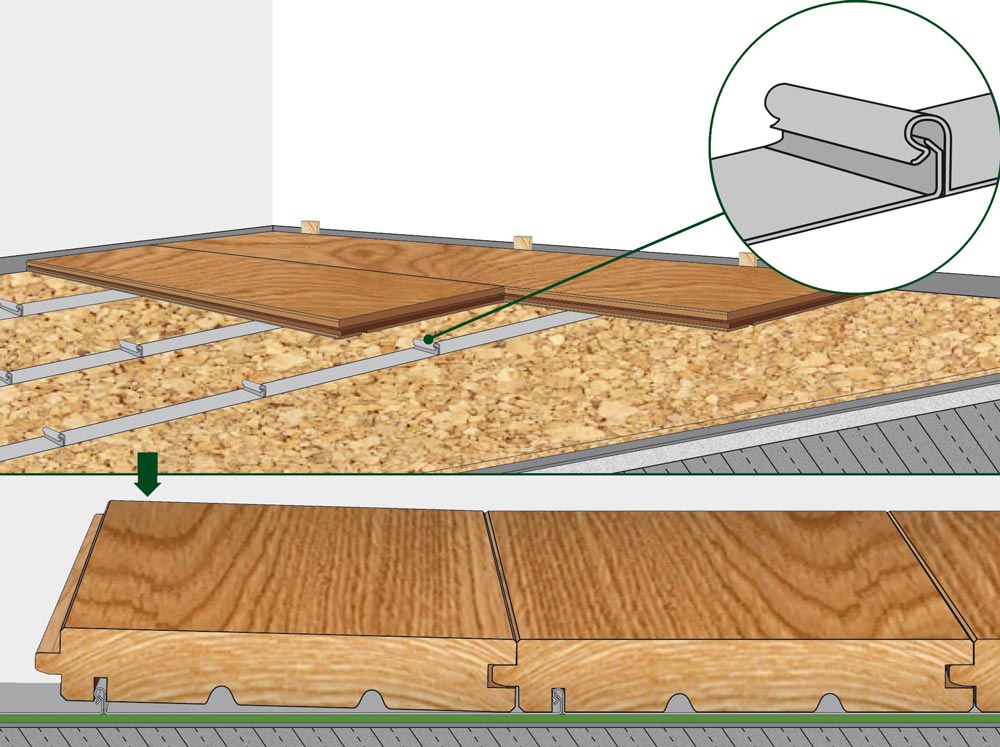
3. Laying
As you continue laying, push the planks with the groove into the tongue and click them firmly into place. In the case of soft impact sound insulation, the clamps are placed under a spatula or something similar to ensure that they snap into the clamps well. After laying the first and second row of planks, check the alignment and improve it if necessary!
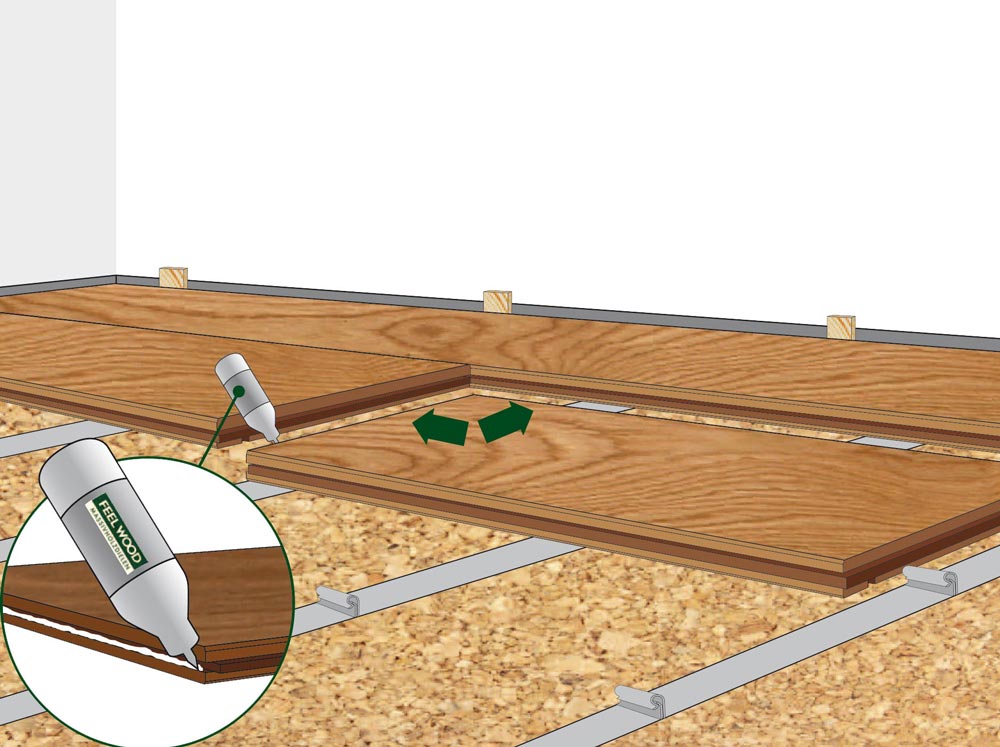
4. Gluing
Head joints must be glued. Apply glue only to the centre of the bottom of the groove.
ATTENTION: Never glue lengthwise!
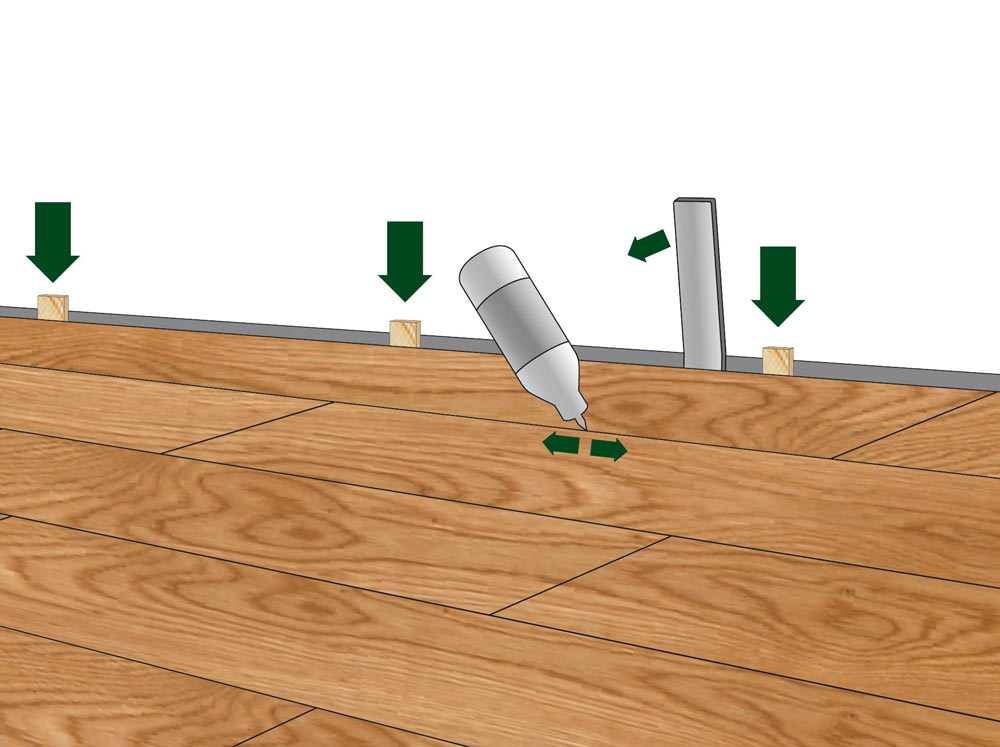
5. Wall finish
Cut the last row of planks taking the distance from the wall into account. This last row can be glued lengthwise.
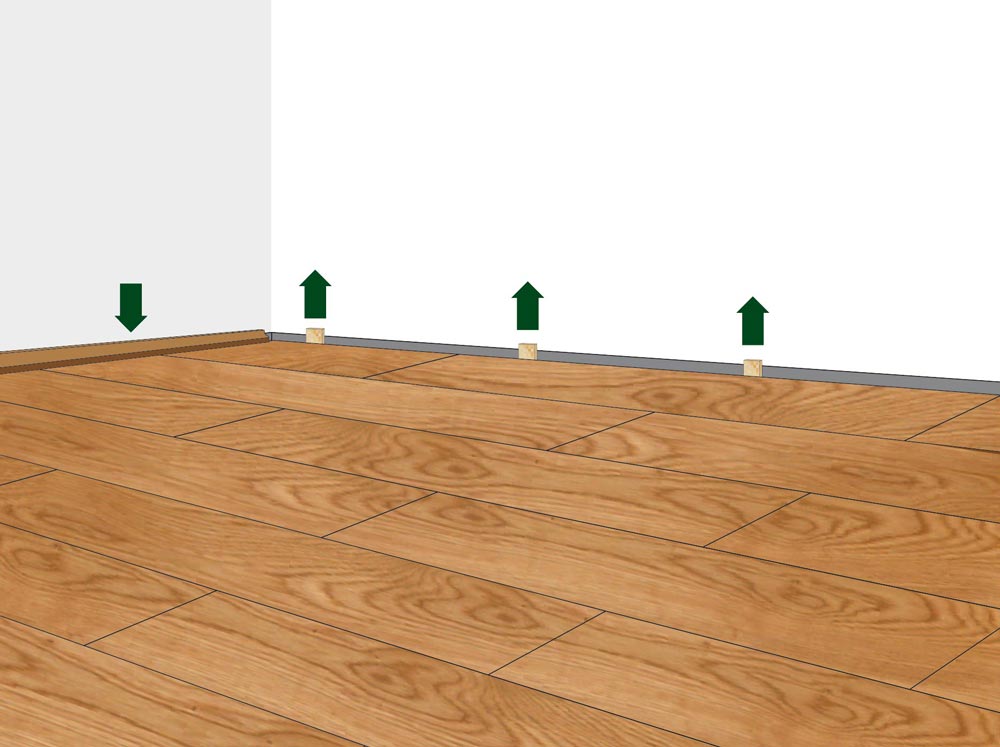
6. Attach the skirting board
After the glue has dried, remove the wedges and cover the gaps to the wall with the skirting board.
Practical instructions and video
Would you like to find out more about laying FEEL WOOD solid wood floorboards with clamps?
Step by step instructions for laying with screws
Tool checklist

Hammer

Hitting block

Wedges

Saw

Floorboard screws
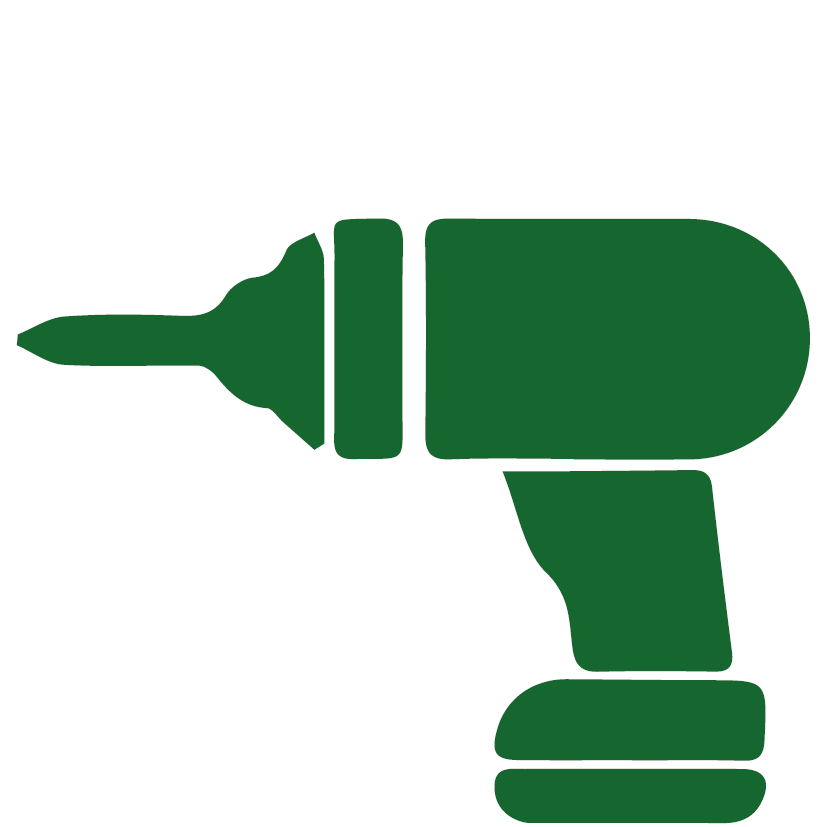
Cordless screwdriver
Version 1
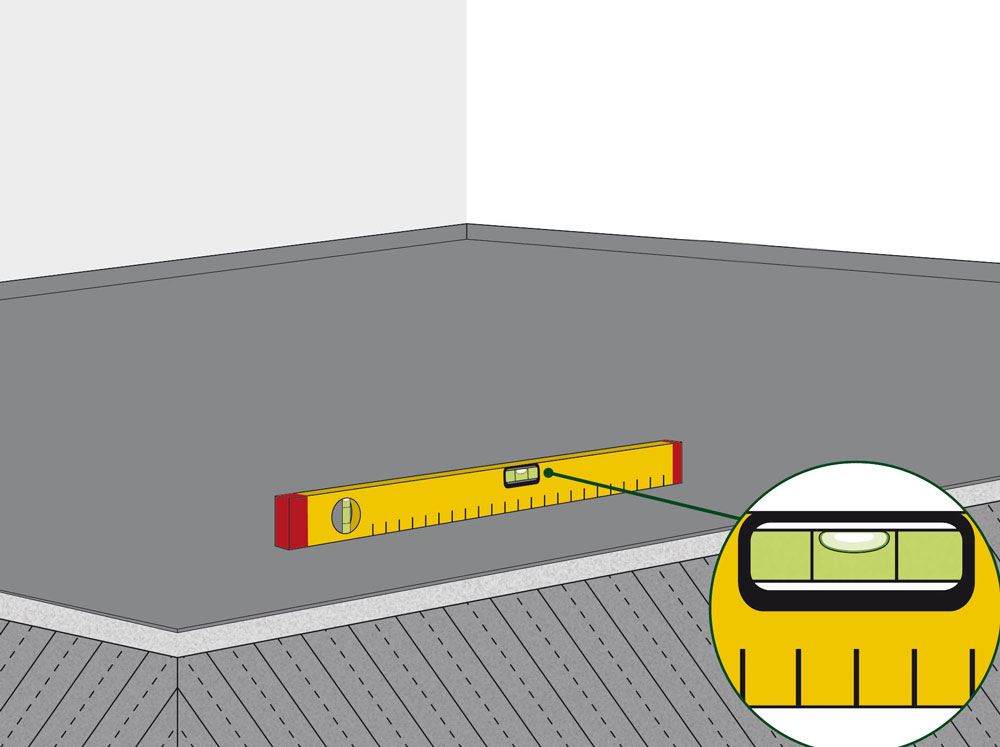
1. Preparation
The surface must be stable, smooth and dry. If there is a risk of rising damp, a moisture barrier (e.g. PE film 200μ) must be installed and pulled up a little on the walls.
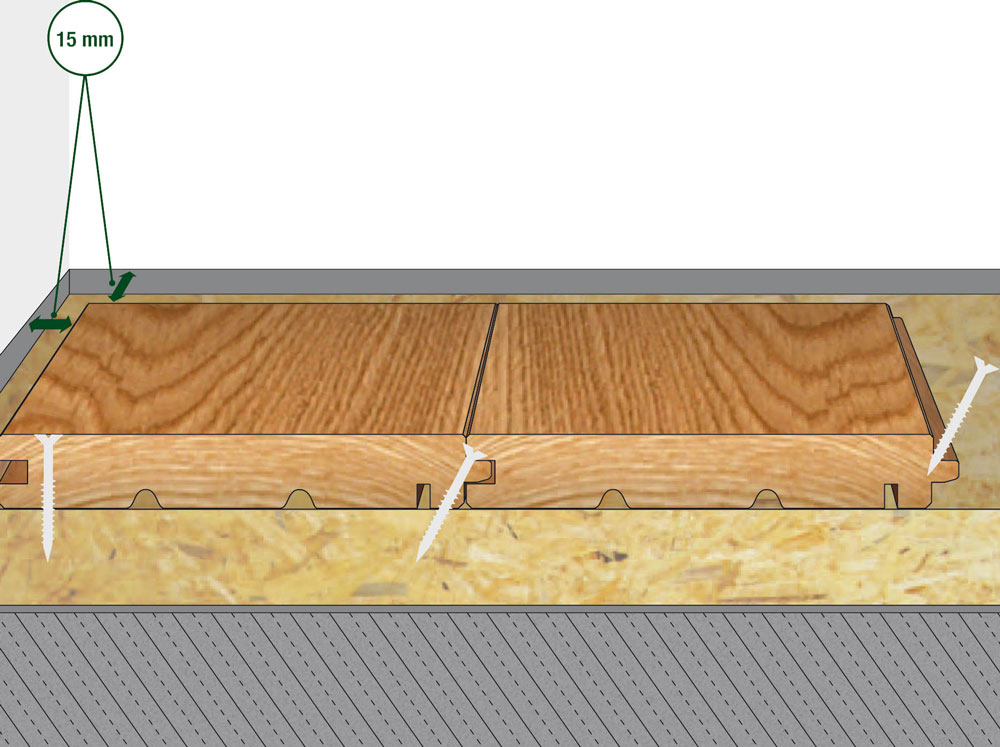
2. Substructure 1
Laying on screw-proof panels, e.g. OSB panels. Maintain wall distances of min. 15mm. Align the first series of planks with the groove towards the wall and screw them onto the board from above.
After laying the first and second row of planks, check the alignment and improve it if necessary!

3. Screwing
Screw the following rows of floorboards covered by the spring using special floorboard screws. Screw the last row of planks again from above – like the first.
Version 2
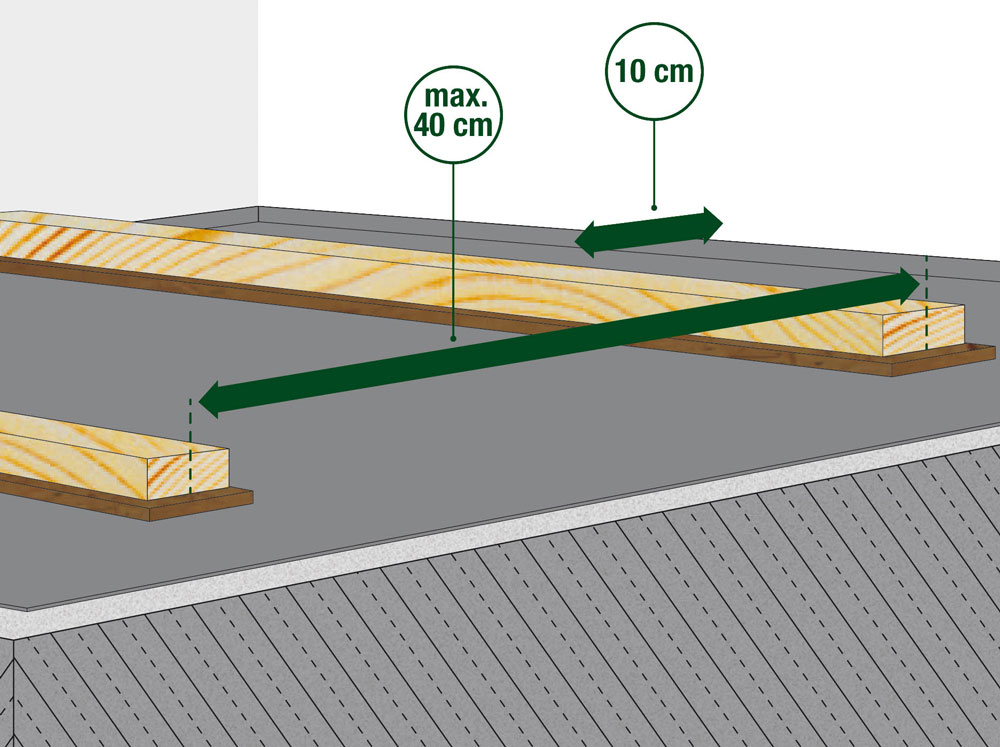
1. Substructure
A second variant is laying on dried timbers, which are floating on impact sound insulation strips (e.g. coconut fiber) at a distance of max. 40 cm can be laid.
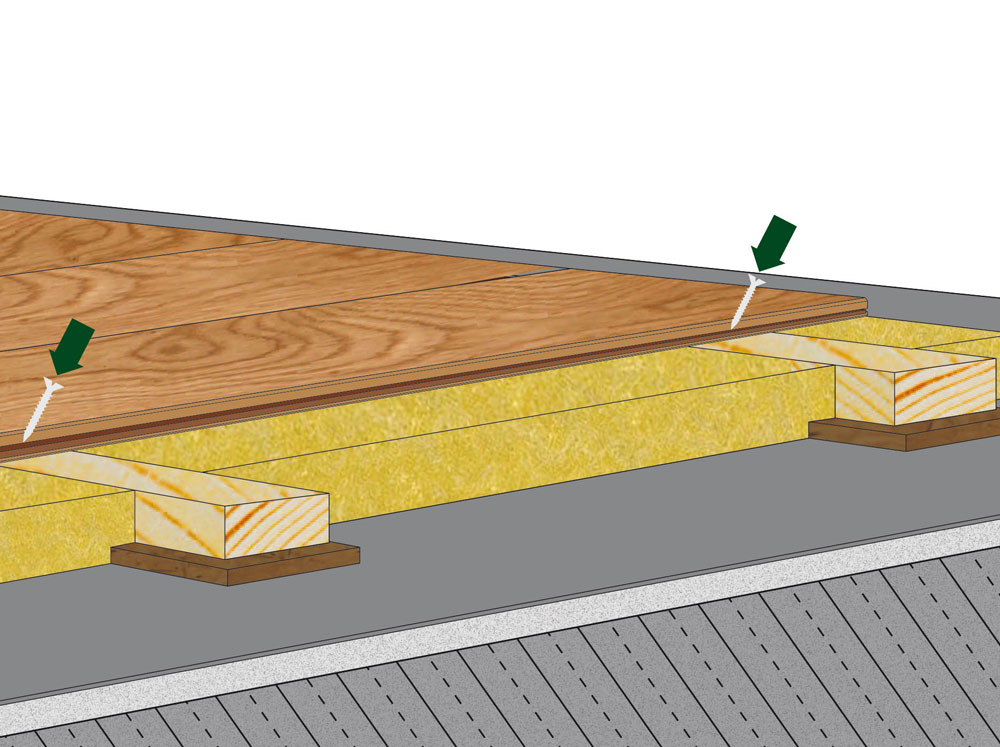
2. Substructure/screwing
Fill the cavity between the bearing timbers with fill or insulation (e.g. cellulose). Screw the planks through the spring onto the bearing timbers using special plank screws.
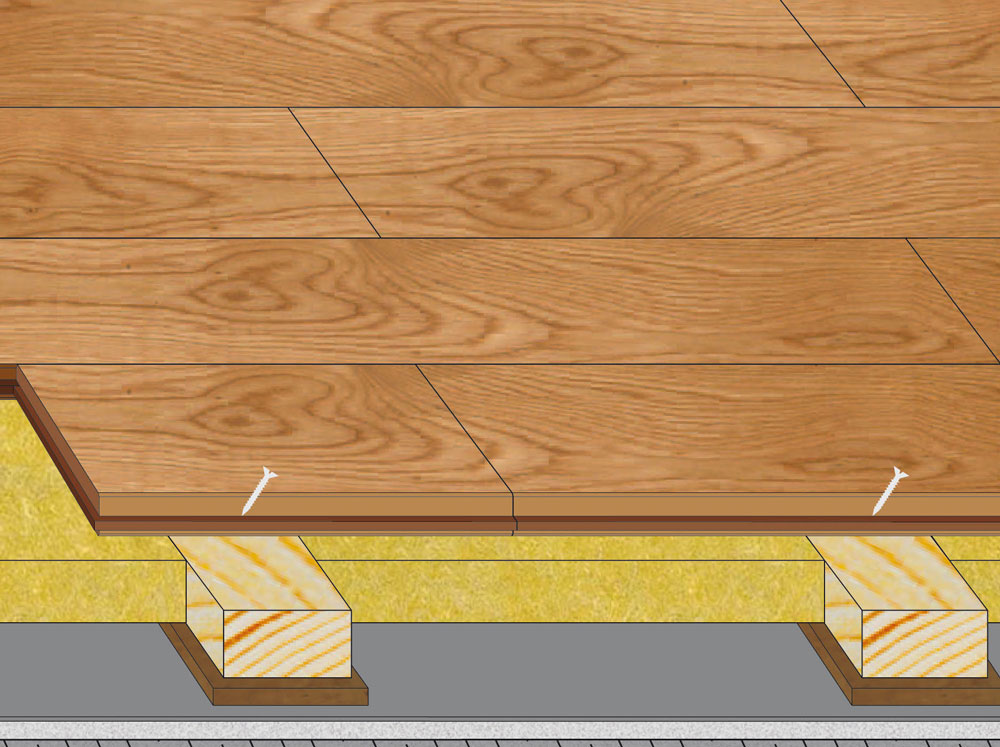
3. Screwing
Beat the planks together with a hammering block and secure them by pressing them together. The last row of planks – like the first – is screwed from above.
Practical instructions and video
Would you like to find out more about laying FEEL WOOD solid wood floorboards with screws?
Step by step instructions for laying with adhesive
Tool checklist

Hammer

Hitting block

Wedges

Saw
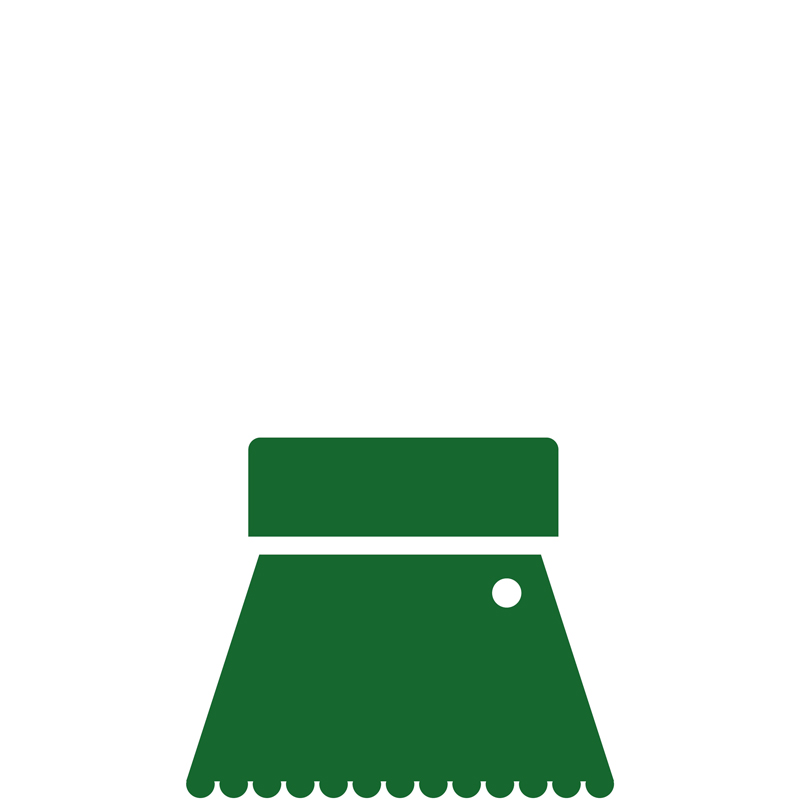
Spatula B11
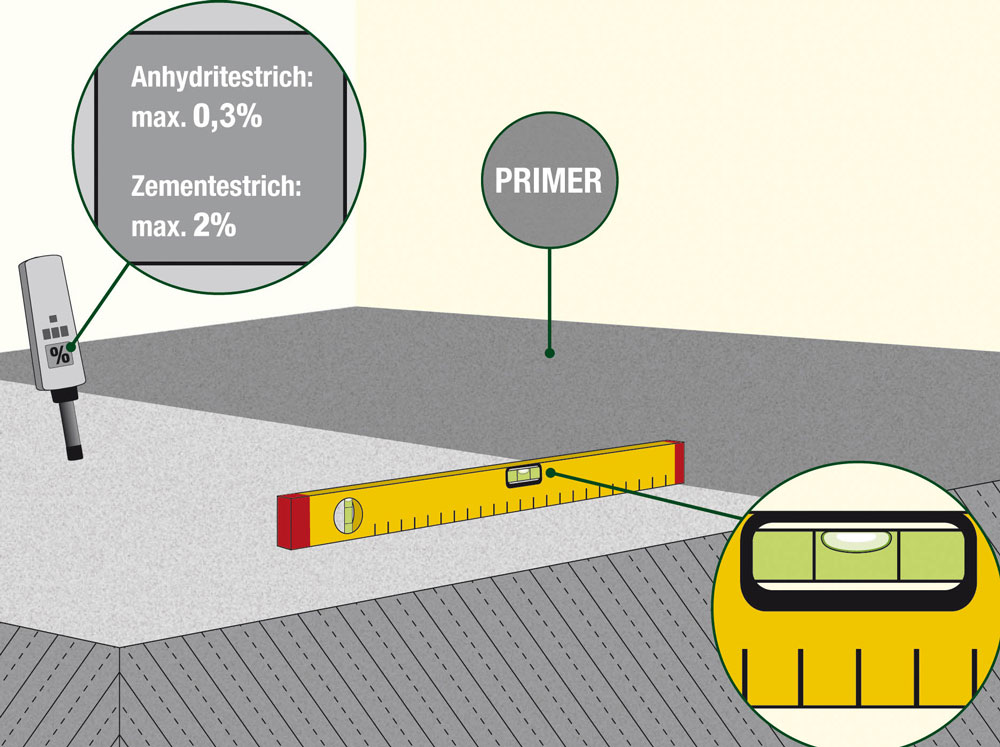
1. Preparation/substructure
The surface must be stable, smooth and dry. Undercoating with a primer recommended by the manufacturer serves to strengthen the surface and acts as a moisture barrier.
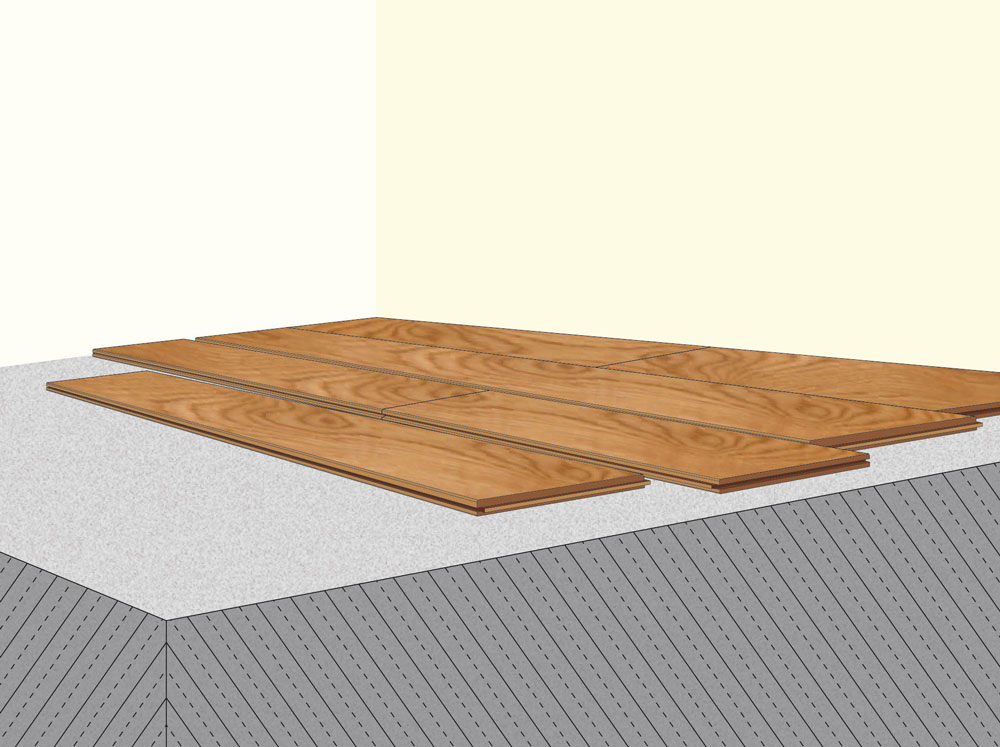
2. Installation
Before the planks are finally glued, it is recommended to first lay them out loosely in order to achieve the desired sorting pattern/overall appearance.
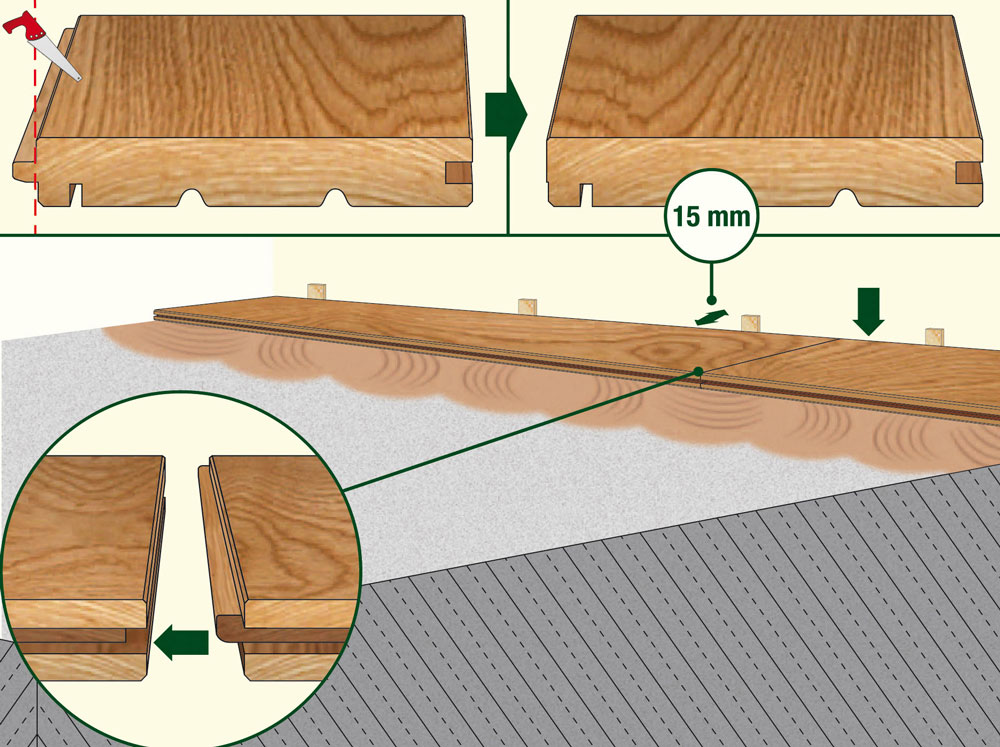
3. Bonding/laying
Apply the adhesive using the appropriate spatula according to the manufacturer’s instructions. The first row of floorboards with min. Place 15 mm distance from the wall in the adhesive bed. After laying the first rows of planks, check the alignment and improve it if necessary! Before laying the further rows of boards, ensure that the first row of boards is solidified.
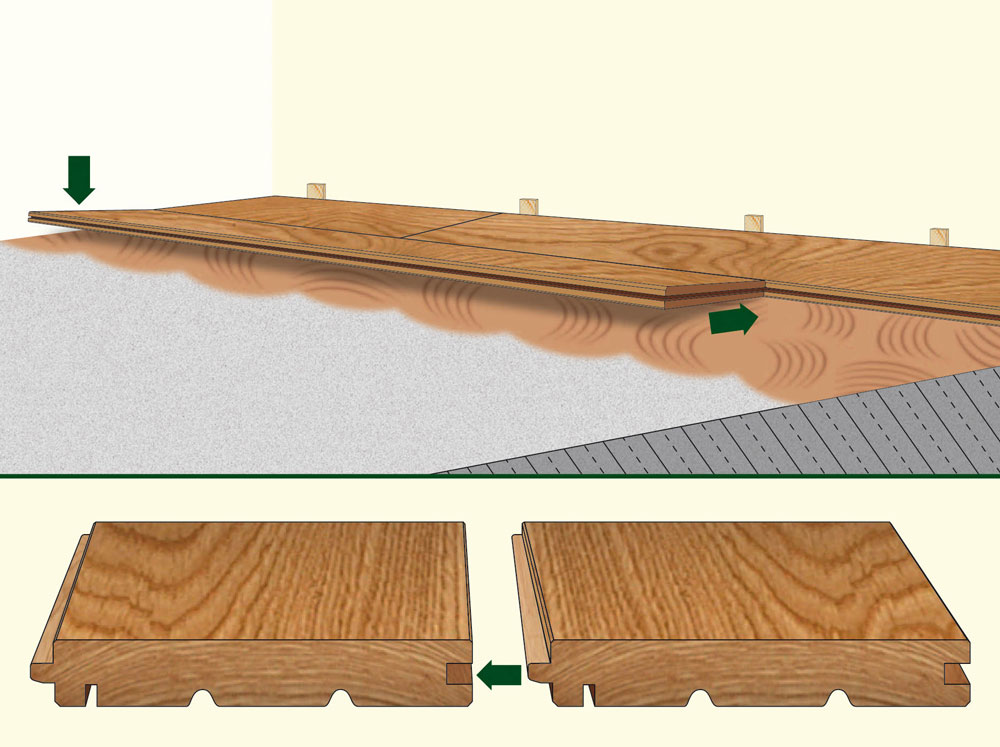
4. Bonding/laying
Insert the other planks into the tongue and groove connection and make sure that the plank lies completely in the adhesive bed.
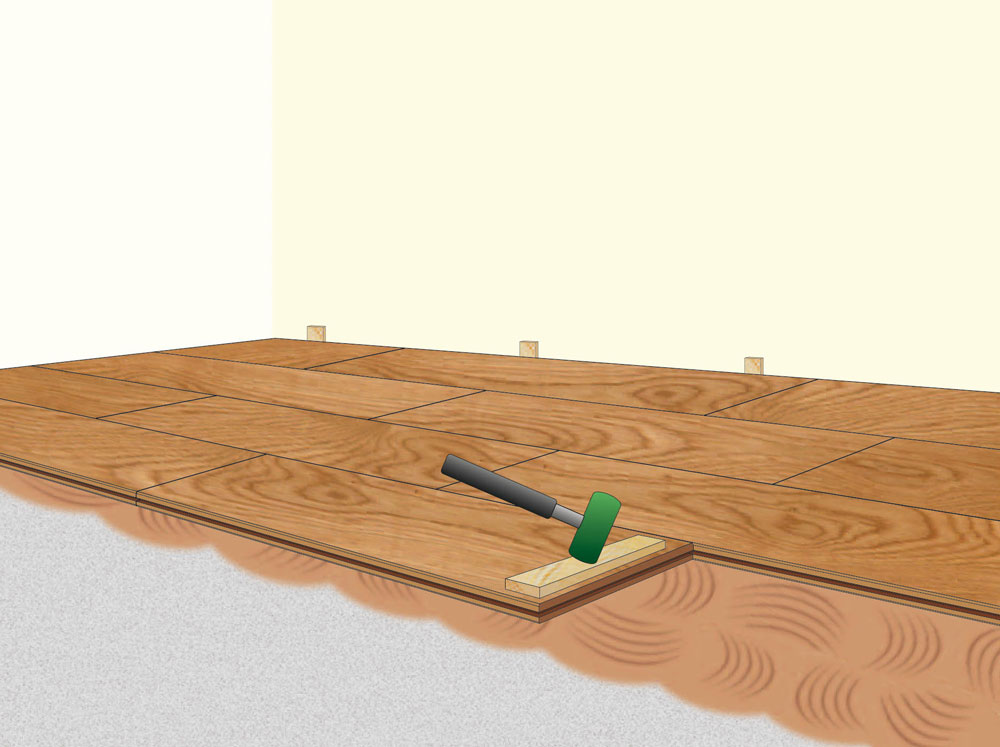
5. Bonding/laying
ATTENTION – The usual expansion joints provided must be maintained for all fixed components (including door frames, heating pipes, etc.)! If necessary, put weight on the floorboards (sandbag or similar).
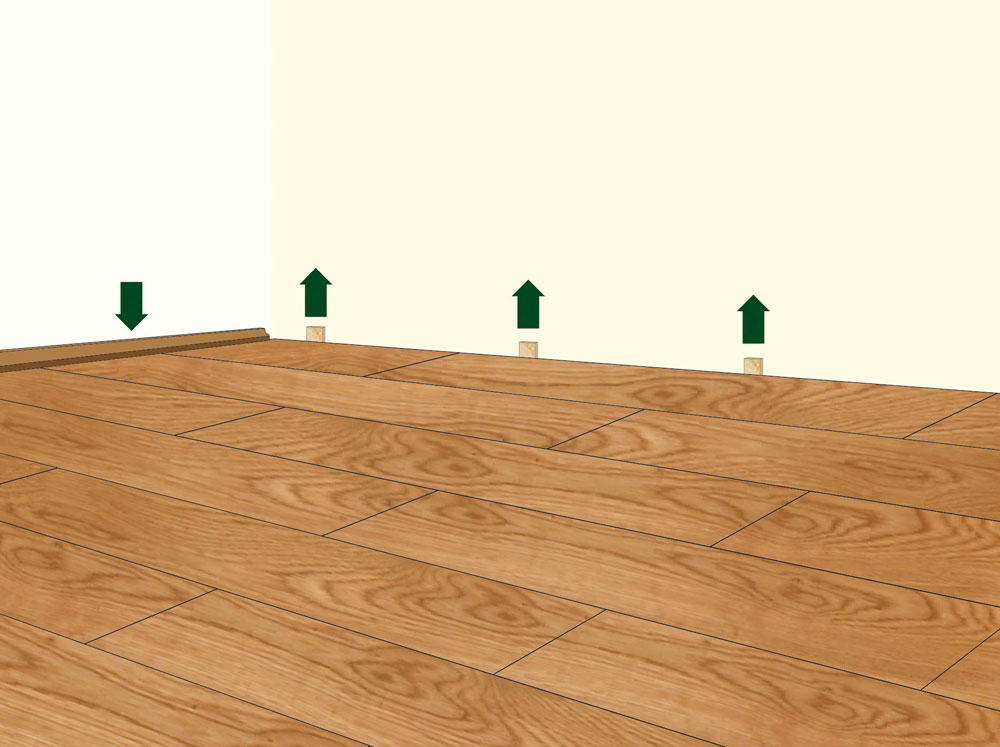
6. Attach the skirting board
After installation, remove the wedges and cover the gaps to the wall with a skirting board.
Practical instructions and video
Would you like to find out more about laying FEEL WOOD solid wood floorboards with adhesive?
Full-surface bonding to underfloor heating
Full-surface gluing of solid wood floorboards is the usual and therefore most common type of installation. The FEEL WOOD solid wood plank is made from one piece of wood and is ideal for laying on underfloor heating.
Floating bracket floor installation on underfloor heating
Floating installation is a type of installation of solid wood floors in which the individual solid wood floorboards are not screwed to the subsurface or glued over the entire surface.
Advantages of floating installation with the FEEL WOOD clamp floor system
- quick, easy installation, ready to live in straight away
- glue-free
- tension-free solid wood floorboards
- without delamination problems
- without surface cracking problems
- easy to expand, easy to renovate
Drywall elements with underfloor heating
The FEEL WOOD solid wood plank is approved for installation on all drywall systems
- Fully glued
- screwed to structural timbers
- floating with brackets
Solid wood floorboards in various types of wood are ideal for laying on drywall elements. The combination of underfloor heating drywall elements with the FEEL WOOD solid wood floorboard represents an ideal system solution in renovations and new buildings.
No moisture is introduced into the object. The rooms can be used immediately after installation. An ideal system solution can be found on all existing surfaces and can also be implemented with very low installation heights.
No moisture is introduced into the object. The rooms can be used immediately after installation. An ideal system solution can be found on all existing surfaces and can also be implemented with very low installation heights.
An ideal system solution can be found on all existing surfaces and can also be implemented with very low installation heights.
Would you like to find out more about laying FEEL WOOD solid wood floorboards on underfloor heating?
Step by step instructions for laying the brackets
Tool checklist

Hammer

Hitting block

Wedges

Saw

Glue

Tin snips

1. Preparation
The surface must be stable, smooth and dry. If there is a risk of rising damp, a moisture barrier (e.g. PE film 200μ) must be installed and pulled up a little on the walls. For impact sound insulation, we recommend rolled cork or impact sound insulation with a built-in vapor barrier.

2. Installation
Press the clamps into each other and lay the chain at a distance of 70 cm.
ATTENTION: Pay attention to the laying direction of the staple chain and the solid wood plank! Laying with clips is suitable for small room sizes (max. 4 m laying width). Maintain wall distances, min. 10 mm per 1 m of room width, but not less than 15 mm!

3. Laying
As you continue laying, push the planks with the groove into the tongue and click them firmly into place. In the case of soft impact sound insulation, the clamps are placed under a spatula or something similar to ensure that they snap into the clamps well. After laying the first and second row of planks, check the alignment and improve it if necessary!

4. Gluing
Head joints must be glued. Apply glue only to the centre of the bottom of the groove.
ATTENTION: Never glue lengthwise!

5. Wall finish
Cut the last row of planks taking the distance from the wall into account. This last row can be glued lengthwise.

6. Attach the skirting board
After the glue has dried, remove the wedges and cover the gaps to the wall with the skirting board.
Practical instructions and video
Would you like to find out more about laying FEEL WOOD solid wood floorboards with clamps?
Step by step instructions for laying with screws
Tool checklist

Hammer

Hitting block

Wedges

Saw

Floorboard screws

Cordless screwdriver
Version 1

1. Preparation
The surface must be stable, smooth and dry. If there is a risk of rising damp, a moisture barrier (e.g. PE film 200μ) must be installed and pulled up a little on the walls.

2. Substructure 1
Laying on screw-proof panels, e.g. OSB panels. Maintain wall distances of min. 15mm. Align the first series of planks with the groove towards the wall and screw them onto the board from above.
After laying the first and second row of planks, check the alignment and improve it if necessary!

3. Screwing
Screw the following rows of floorboards covered by the spring using special floorboard screws. Screw the last row of planks again from above – like the first.
Version 2

1. Substructure
A second variant is laying on dried timbers, which are floating on impact sound insulation strips (e.g. coconut fiber) at a distance of max. 40 cm can be laid.

2. Substructure/screwing
Fill the cavity between the bearing timbers with fill or insulation (e.g. cellulose). Screw the planks through the spring onto the bearing timbers using special plank screws.

3. Screwing
Beat the planks together with a hammering block and secure them by pressing them together. The last row of planks – like the first – is screwed from above.
Practical instructions and video
Would you like to find out more about laying FEEL WOOD solid wood floorboards with screws?
Step by step instructions for laying with adhesive
Tool checklist

Hammer

Hitting block

Wedges

Saw

Spatula B11

1. Preparation/substructure
The surface must be stable, smooth and dry. Undercoating with a primer recommended by the manufacturer serves to strengthen the surface and acts as a moisture barrier.

2. Installation
Before the planks are finally glued, it is recommended to first lay them out loosely in order to achieve the desired sorting pattern/overall appearance.

3. Bonding/laying
Apply the adhesive using the appropriate spatula according to the manufacturer’s instructions. The first row of floorboards with min. Place 15 mm distance from the wall in the adhesive bed. After laying the first rows of planks, check the alignment and improve it if necessary! Before laying the further rows of boards, ensure that the first row of boards is solidified.

4. Bonding/laying
Insert the other planks into the tongue and groove connection and make sure that the plank lies completely in the adhesive bed.

5. Bonding/laying
ATTENTION – The usual expansion joints provided must be maintained for all fixed components (including door frames, heating pipes, etc.)! If necessary, put weight on the floorboards (sandbag or similar).

6. Attach the skirting board
After installation, remove the wedges and cover the gaps to the wall with a skirting board.
Practical instructions and video
Would you like to find out more about laying FEEL WOOD solid wood floorboards with adhesive?
Full-surface bonding to underfloor heating
Full-surface gluing of solid wood floorboards is the usual and therefore most common type of installation. The FEEL WOOD solid wood plank is made from one piece of wood and is ideal for laying on underfloor heating.
Floating bracket floor installation on underfloor heating
Floating installation is a type of installation of solid wood floors in which the individual solid wood floorboards are not screwed to the subsurface or glued over the entire surface.
Advantages of floating installation with the FEEL WOOD clamp floor system
- quick, easy installation, ready to live in straight away
- glue-free
- tension-free solid wood floorboards
- without delamination problems
- without surface cracking problems
- easy to expand, easy to renovate
Drywall elements with underfloor heating
The FEEL WOOD solid wood plank is approved for installation on all drywall systems
- Fully glued
- screwed to structural timbers
- floating with brackets
Solid wood floorboards in various types of wood are ideal for laying on drywall elements. The combination of underfloor heating drywall elements with the FEEL WOOD solid wood floorboard represents an ideal system solution in renovations and new buildings.
No moisture is introduced into the object. The rooms can be used immediately after installation. An ideal system solution can be found on all existing surfaces and can also be implemented with very low installation heights.
No moisture is introduced into the object. The rooms can be used immediately after installation. An ideal system solution can be found on all existing surfaces and can also be implemented with very low installation heights.
An ideal system solution can be found on all existing surfaces and can also be implemented with very low installation heights.
Would you like to find out more about laying FEEL WOOD solid wood floorboards on underfloor heating?
Feel the Wood
In our fascinating blog about solid wood flooring, we offer a whole host of advice on installation and care, as well as lifestyle ideas and reference projects that we’re really proud of.
When you visit it you will quickly understand why.

